‘»Prost!», Between Battles on Bergepanther (WWII German Tankmen with Bergepanther) 1/35
42,99€
Solo quedan 1 disponibles

*Please check our Privacy Policies to see how to we use your personal data.
*Por favor revisa nuestra Política de Privacidad para ver como tratamos tus datos personales
SCALE
1:35
TIME PERIOD
WW2
BOX SIZE
“Prost!”, Between Battles on Bergepanther
WWII German Tankmen with Bergepanther
The harsh living conditions during the fighting and the constant nervous tension and stress experienced by most Wehrmacht soldiers necessitated some kind of mental relief. One of these ways was to drink alcohol. In his memoirs, former Wehrmacht soldier Guy Sayer noted: “At the front, there are as many vodka, schnapps, and liqueurs as there are machine guns. It’s easier to make a hero out of anyone.” Alcohol could also reduce the pain of the wounded. The main alcoholic drink in the Wehrmacht was schnapps, and German soldiers, especially tankers, could also be issued liqueurs. Officers often had French trophy cognacs or wines, which were captured in such large quantities that they were consumed even when surrounded, as was the case, for example, near Stalingrad in the winter of 1943. However, it was very often a bad omen to distribute alcohol to troops, as it often happened before major battles and portended heavy casualties at the front.
ESCALA
1:35
PERIODO DE TIEMPO
SEGUNDA GUERRA MUNDIAL
TAMAÑO DE CAJA
Número de detalles
348+33
«¡Salud!», entre batallas en Bergepanther
Soldados alemanes de la Segunda Guerra Mundial con Bergepanther
Las duras condiciones de vida durante los combates y la constante tensión nerviosa y estrés que sufrían la mayoría de los soldados de la Wehrmacht necesitaban algún tipo de alivio mental. Una de estas formas era beber alcohol. En sus memorias, el ex soldado de la Wehrmacht Guy Sayer señaló: «En el frente hay tanto vodka, aguardiente y licores como ametralladoras. Es más fácil convertir en héroe a cualquiera». El alcohol también podía reducir el dolor de los heridos. La principal bebida alcohólica en la Wehrmacht era el aguardiente, y los soldados alemanes, especialmente los tanquistas, también podían recibir licores. Los oficiales disponían a menudo de coñacs o vinos franceses de trofeo, que eran capturados en cantidades tan grandes que se consumían incluso estando rodeados, como ocurrió, por ejemplo, cerca de Stalingrado en el invierno de 1943. Sin embargo, muy a menudo era un mal presagio distribuir alcohol a las tropas, ya que solía ocurrir antes de las grandes batallas y presagiaba grandes bajas en el frente.



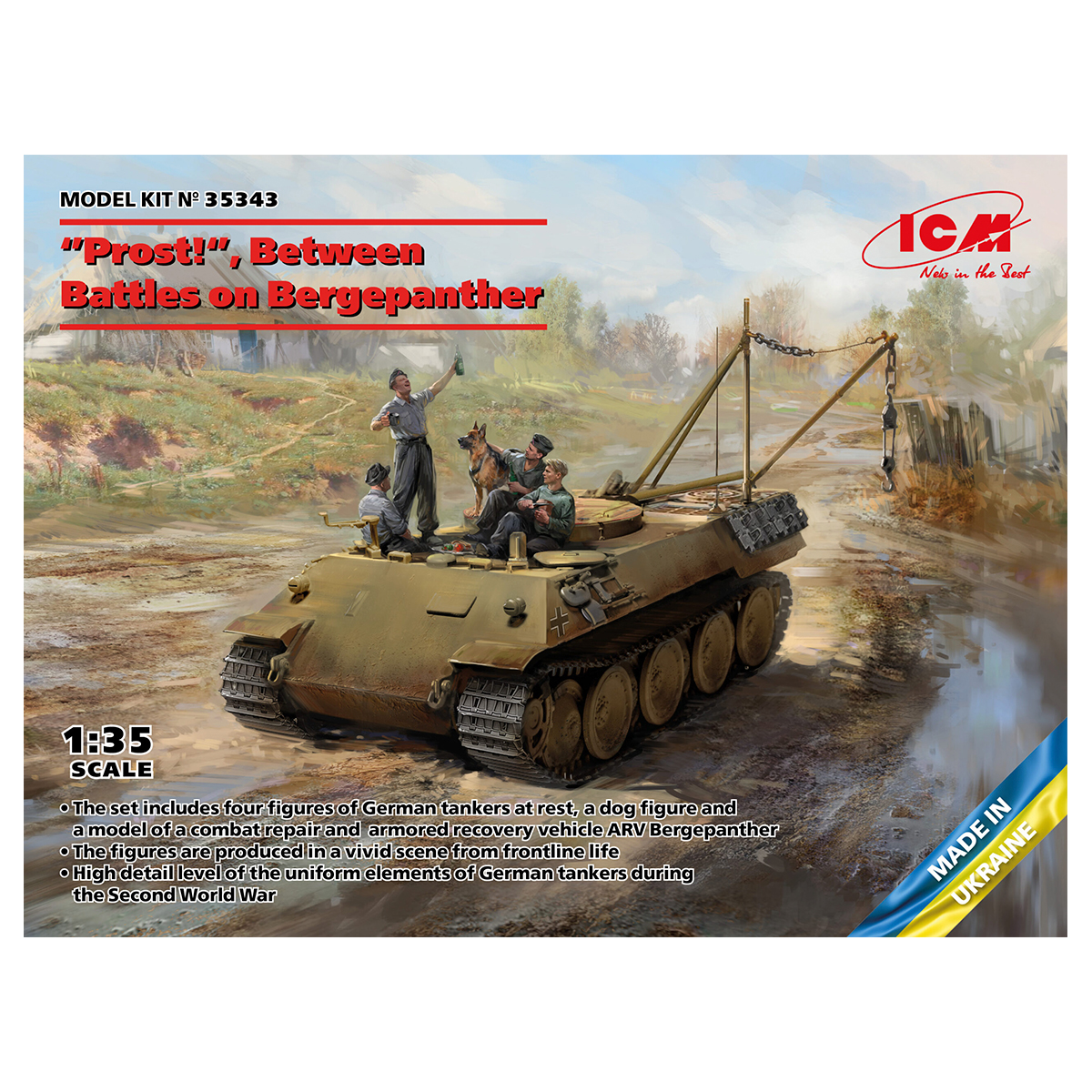
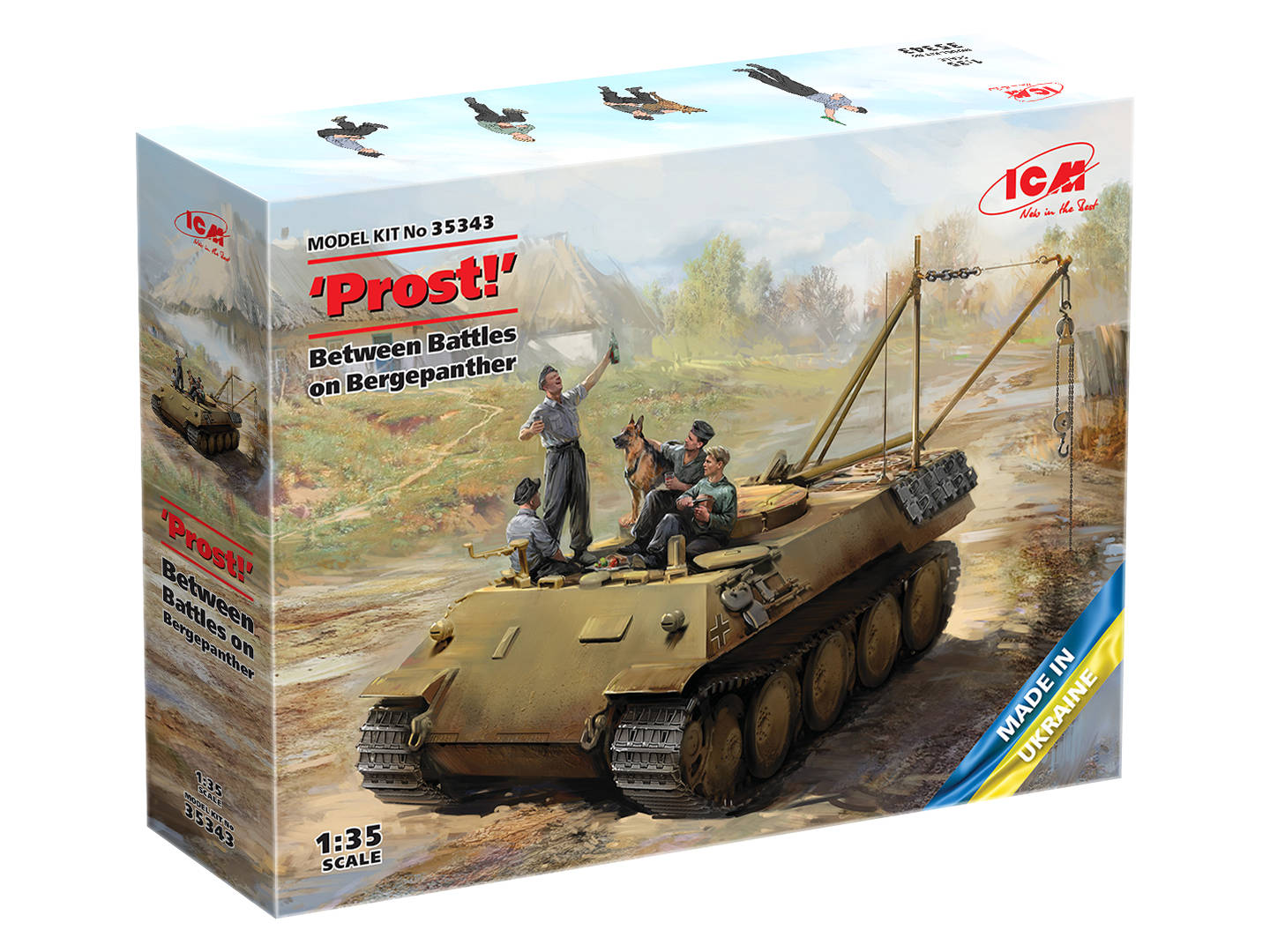

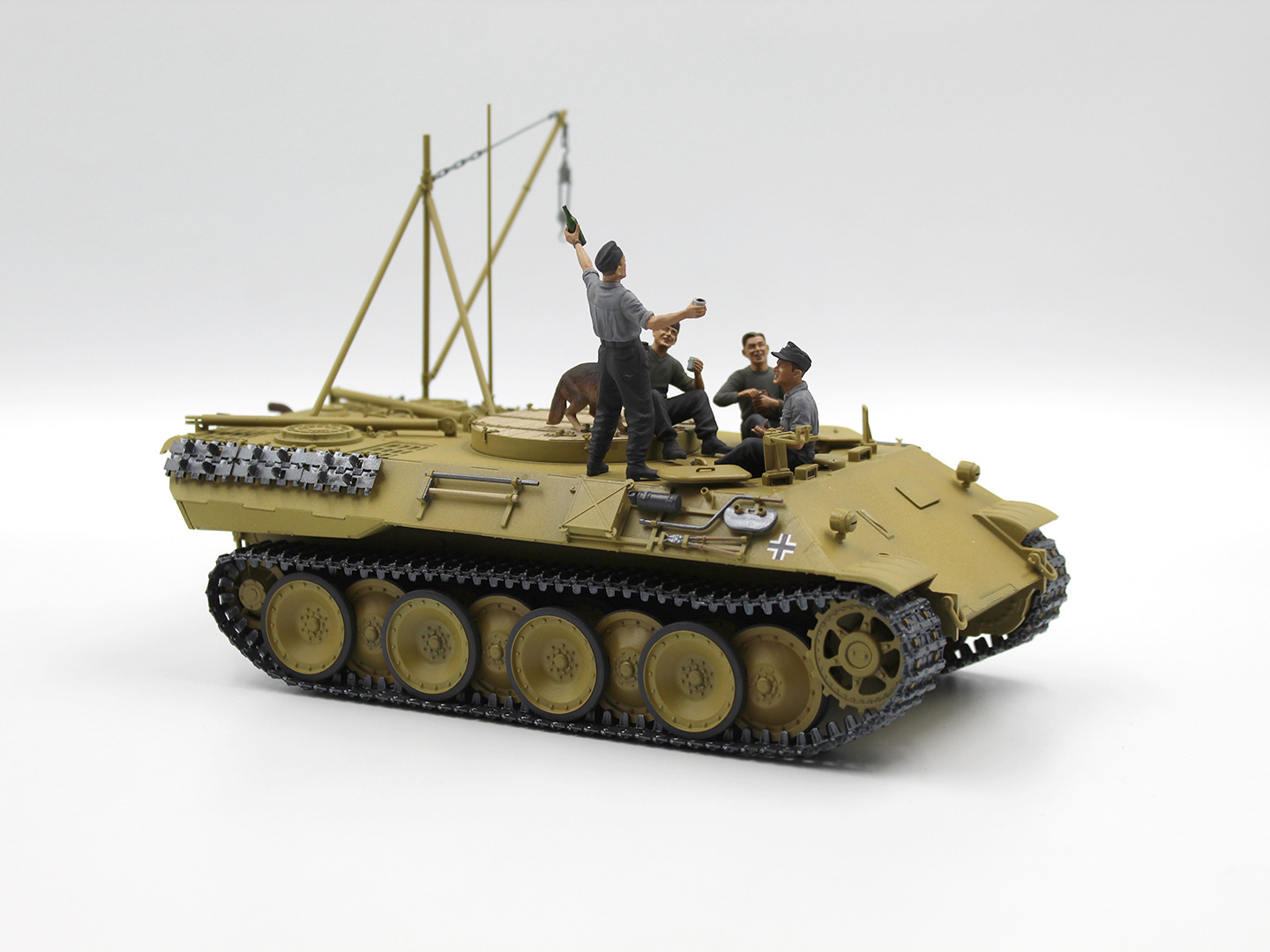
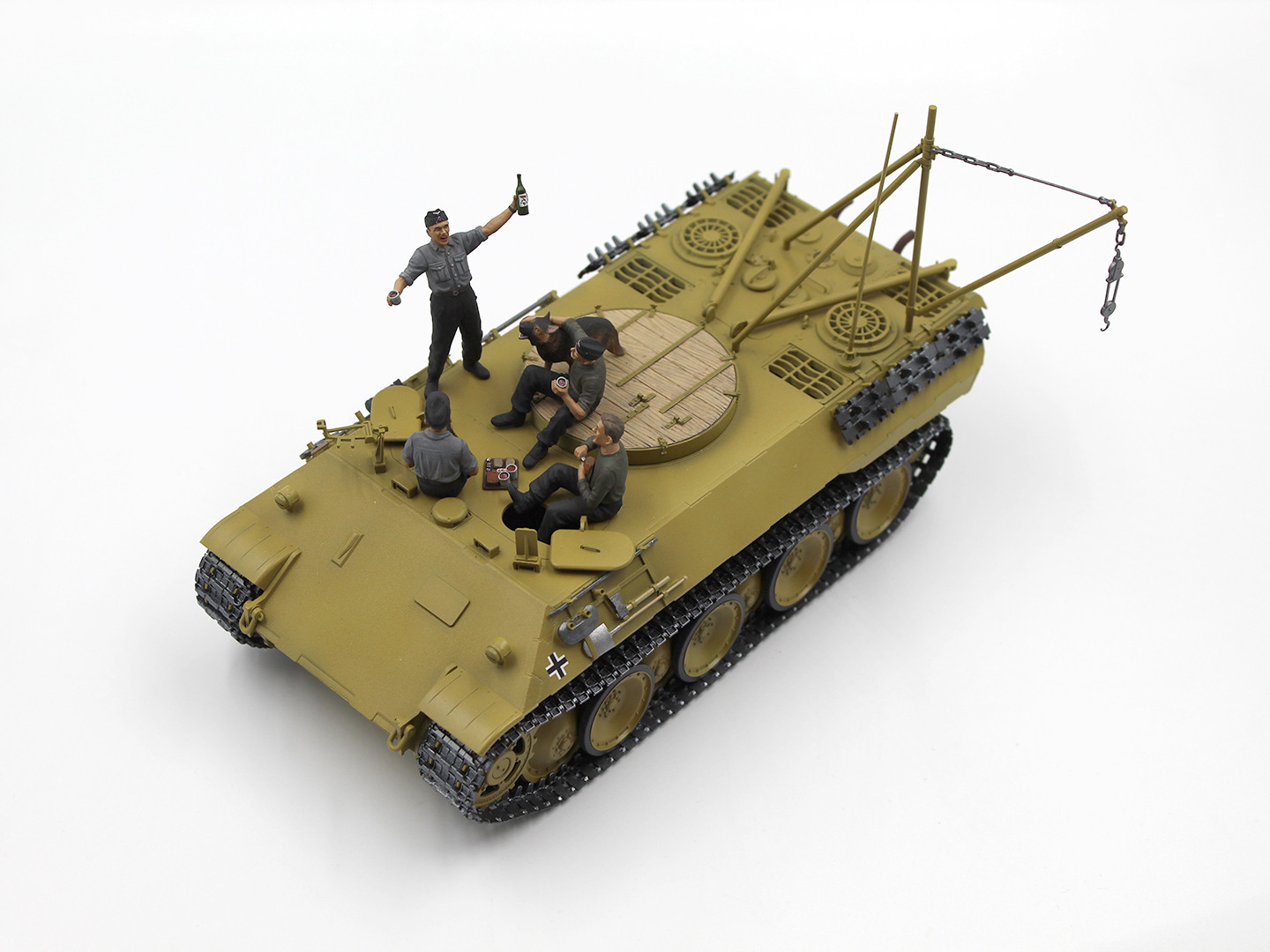
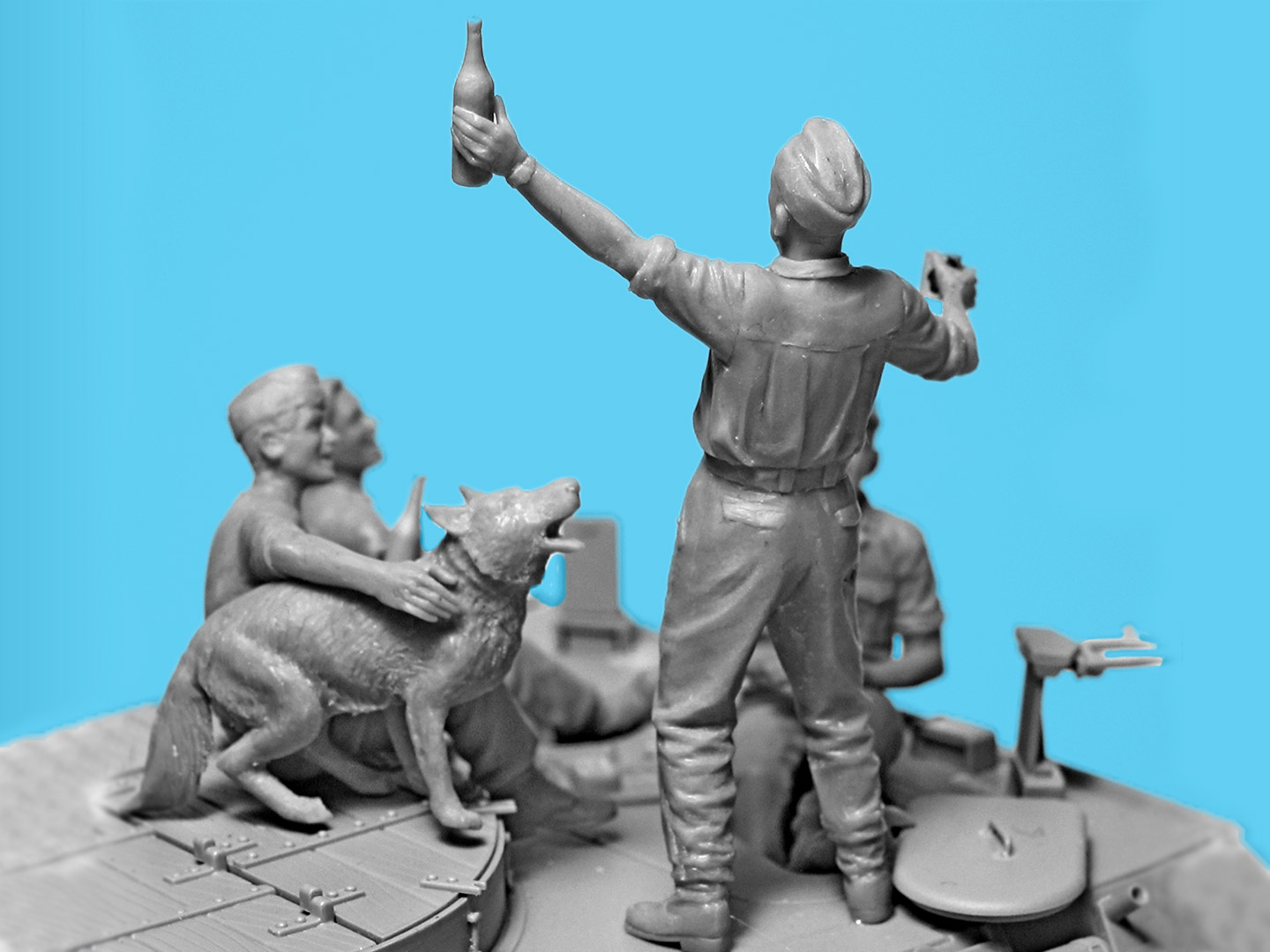
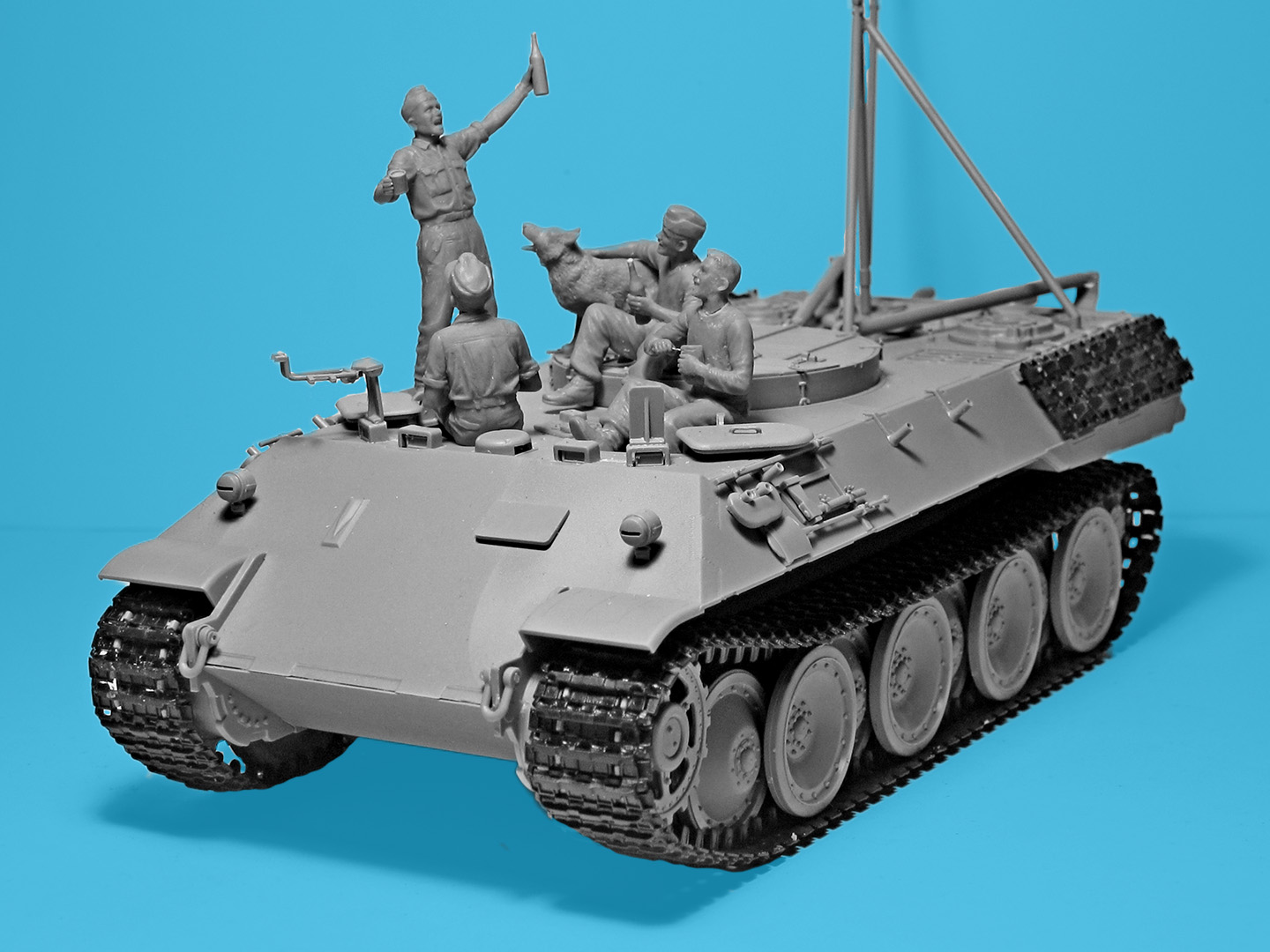
 Solicitud de ficha producto tipo SDS / Seguridad de producto
Solicitud de ficha producto tipo SDS / Seguridad de producto